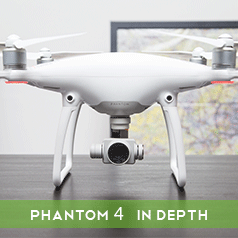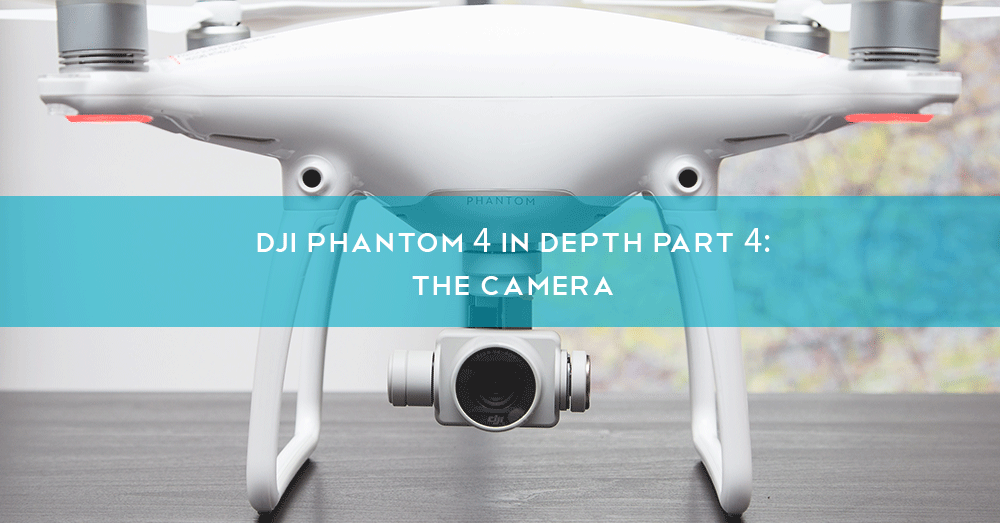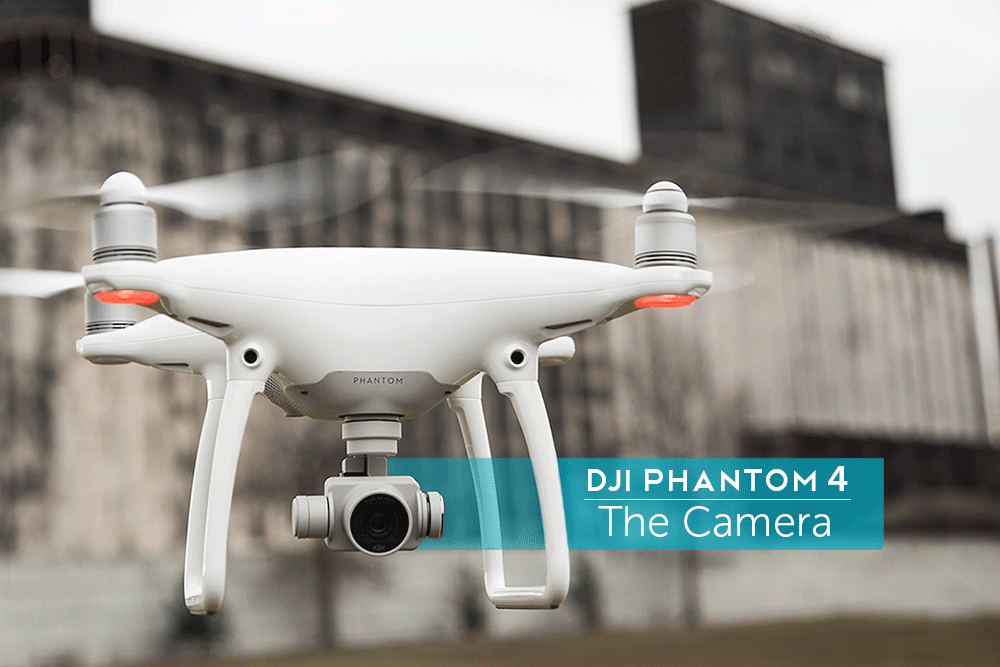
Products
DJI Phantom 4 In Depth Part 4: The Camera
Part 4 of Heliguy's Phantom 4 In Depth series focuses on the integrated camera and gimbal, as well as the other visual sensors present on the aircraft. ... Read More

Series Guide
Part 1 - Phantom 4 Batteries In Depth Part 2 - Phantom 4 Remote Controller In Depth Part 3 - The Best Phantom 4 Cases and Backpacks In Depth Part 4 - The Phantom 4 Camera In Depth Part 5 - The Phantom 4 Aircraft Body In Depth
The Camera

Sensor Solutions

The Phantom 4 Camera in Action
Let’s take a look at the image quality possible with the Phantom 4. These shots were taken over our flying field at varied altitudes and subject ranges.
Camera Specifications
Obstacle Sensory Range: 2 - 49ft
Gimbal Control Range: -90° to +30° Pitch
Camera Sensor: 1/2.3"
Lens FOV: 94°
ISO Range: 100 - 3200
Max Image Size: 4000x3000px
Max Video Size: 4096x2160px
Max Video Bitrate: 60Mbps
Photo Formats: JPEG, DNG
Video Formats: MP4, MOV, MPEG
Find Out More
If you want to learn more about capturing great images and footage with your Phantom 4 or just want to speak to one of our customer support team; don’t hesitate to get in touch. Email info@heliguy.com Call UK: 0845 838 8652 Int: +44 (0)191 296 1024 Keep checking back to Heliguy Insider for more of our Phantom 4 In Depth series (don’t forget to read Part 1, Part 2 & Part 3) and, of course, the latest news from the drone industry.
